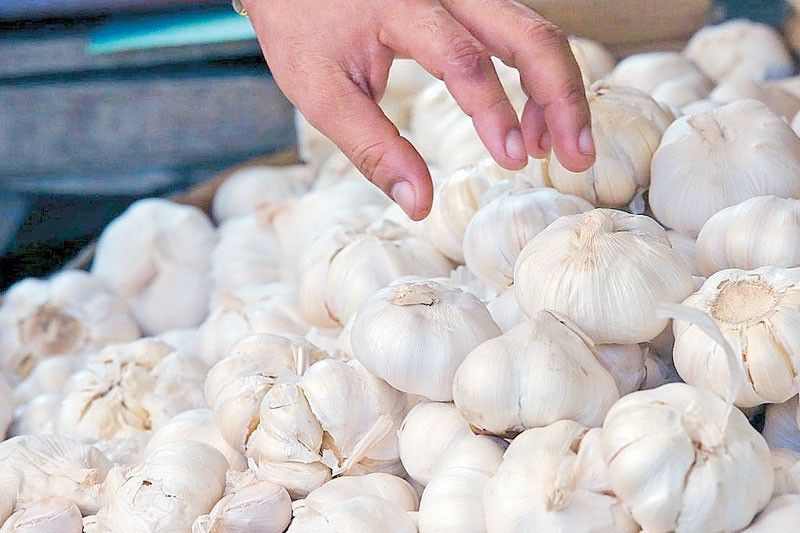Native garlic to raise local sufficiency to 20 percent

MANILA, Philippines — The Department of Agriculture (DA) is raising the country’s self-sufficiency in garlic to 20 percent next year by expanding domestic output in the Ilocos region and other areas nationwide.
Agriculture Undersecretary Cheryl Marie Natividad-Caballero said the DA is aggressively pushing garlic as one of the banner high value crops programs given its growing demand, both for household and processing use.
Boosting domestic production will slash the country’s dependency on imported supplies.
The country currently imports 98 percent of its annual garlic requirement that is estimated to be about 130,000 metric tons (MT), Caballero said.
Caballero said they would create a multiplier farm in Batanes to produce seedlings that would be distributed to identified production areas in the country.
Aside from improving production in the Ilocos region, the DA wants to expand output of the commodity in other areas such as Regions 2, 4-B and 10.
“We want to bring back garlic as the ‘white gold’ of Ilocos region,” Caballero, who oversees the DA’s high value crops program, told reporters.
The Ilocos region considers garlic as white gold because of its income potential given its local and foreign market opportunities due to its distinct aroma and taste, according to the DA.
The DA is optimistic that it will be able to boost garlic production, replicating what it did with onion output this year.
Caballero explained that it is easier to boost garlic production since planting materials would be sourced locally compared to onion output wherein seeds are being imported.
“It is very doable,” she said.
Caballero explained that the country’s garlic variety has stronger pungency and taste compared to imported ones. Because of this, the DA is embarking on a DNA project to preserve the country’s garlic variety and prevent “intellectual piracy,” Caballero added.
Because of the unique characteristics of local garlic, consumers will still be able to save since they would only just use few cloves compared to a whole bulb of imported variety, she said.
The agriculture department is currently working out on its financial plan to determine the budgetary support requirement for the local garlic industry, Caballero said.
Local garlic costs about P400 per kilogram in Metro Manila wet markets, while imported varieties ranged between P130 and P180 per kilogram, according to latest DA monitoring report.
The country’s garlic output last year declined by two percent to 5,765 MT from 5,884 MT in 2022, according to the Philippine Statistics Authority.
About two-thirds of the annual garlic production in the Philippines comes from the Ilocos region, making it the country’s top producer of garlic.
- Latest
- Trending





























